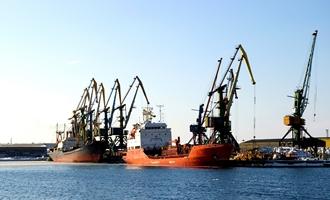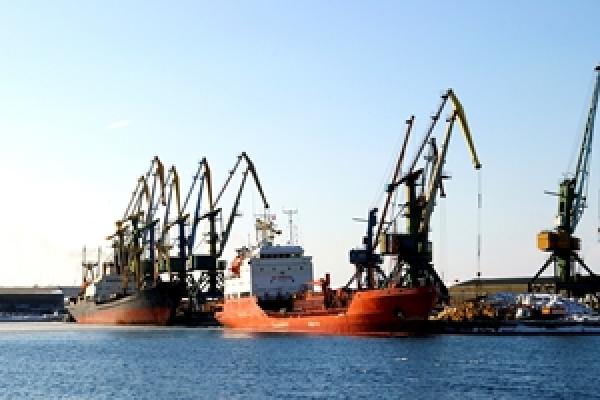
Steamship Mutual
Published: November 01, 2016

A recent article Calcium hypochlorite: it’s back and hiding in plain sight by Rory Butler, Partner and Alex Kemp, Senior Associate of Holman, Fenwick Willan has outlined the risks associated with transporting calcium hypochlorite.
The article reports a rise in incidents allegedly caused by shipments fully declared and carried in accordance with the IMDG Code.
The main producers of this chemical are now in China and India and so it tends to be shipped on East to West routes in hot and humid climates. At terminals, or on board, temperatures can reach the 50°C self-accelerating decomposition point. Transit via a container handling terminal in the Middle East where the container is left in the heat, even for a few days, could initiate heating. Reefers are one solution. Of course their efficacy requires correct stowage and the continued operation of the refrigeration unit. Indeed, in the event of failure, a reefer can actually cause the heat produced by decompositions to accumulate faster. The new International Group guidelines do not mandate the use of reefers and a decision on their use versus dry containers is to be subject to risk assessment.
The article maintains that the sector is experiencing seemingly the most prolific spate of fires/explosions, allegedly linked to calcium hypochlorite in history. In the past few years, it has been suggested that the following vessels suffered fires at the hands of calcium hypochlorite: “CHARLOTTE MAERSK”, “AMSTERDAM BRIDGE”, “HANSA BRANDENBURG”, “NORTHERN GUARD”, “HANJIN ATHENS”, “MAERSK LONDRINA”, “HANJIN GREEN EARTH” and “MAERSK SEOUL”.
The article goes onto say that it is not hard to imagine further incidents caused by correctly declared and carried shipments of calcium hypochlorite. Certain Owners and major container lines have simply banned shipments of calcium hypochlorite originating from India or China. Shippers will still need to transport their product and will seek to avoid higher freight rates. This may result in calcium hypochlorite going back to being an undeclared cargo and we return full circle to trying to identify mis-declared cargos.
The full article is available on this link.
The International Group of P&I Clubs have issued guidelines on the Carriage of Calcium Hypochlorite. More details are available through this link.


